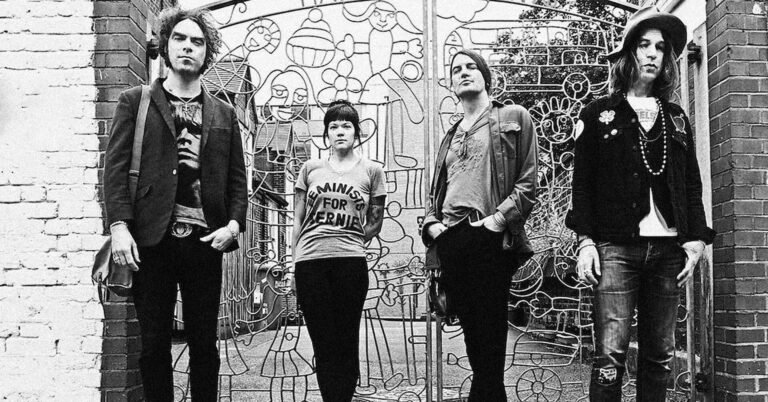Access to great wigs guarantees increase your confidence and change the way you look. These wigs are made to fit the specific needs of African American hair, with a wide range of styles and high quality. The main things you should know about African American wigs are covered in this introduction, including how they are made, how they can be styled, and how to take care of them. Whether you’re new to wigs or a seasoned enthusiast, this article will discuss the essentials that make African Americans a noteworthy choice for those seeking stunning, natural-looking hairstyles.
Table of Content
- Practical Benefits of Wearing African American wigs
- What are the Wig Cap Construction Options for African American Wigs
- Tips on How to Style and Maintain Your African American Wigs
- Where Can I Buy Quality African American Wigs?
- Conclusion
Practical Benefits of Wearing African Wigs
Versatility
This wig allows you to style your hair any way you want without using chemical treatments or heat styling all the time. With this wig, you can change the way you look anytime and also prevent your natural hair from damage.
Protective Styling
This wig keeps your hair safe from unpleasant weather conditions, styling tools, and chemical products. It improves the development and health of your natural hair by protecting your hair from potential damage due to exposure.
Time Efficiency
African American wig spares your time and makes you attend to your schedules. Giving you that polished look in the twinkling of an eye without stress.
Color Experiment
This wig helps you to examine diverse hair colors, preventing your hair from potential damage due to chemical dyes. It permits you to express yourself and explore.
Hair Health Maintenance
Choosing this wig gives your natural hair a break from daily styling routines, reducing potential damages like hair breakage and split ends. It improves the health of your hair.
Confidence Boost
This Wig boosts your confidence when you wear it and allows you to accomplish your longed-for look without struggle. This specifically empowers those battling with hair loss or undergoing medications.
Temperature Regulation
Wigs can protect your natural hair and scalp from the sun’s harmful rays or the cold, keeping them from getting damaged.
Special Occasions
African American wigs offer an easy way to achieve an elegant look for special occasions. They make it possible to create intricate hairstyles without having to visit a salon.
Concealing Hair Issues
Wigs can help people who are experiencing hair-related problems, like alopecia or thinning hair, hide these problems and look put together.
Cost Savings
Although good wigs may cost more at first, they can save you money in the long run by cutting down on the number of salon visits, styling products, and hair treatments you may need. Some of them are affordable human hair wigs.
What are the Wig Cap Construction Options for African American Wigs
African American wigs often come in various cap constructions to suit different preferences. Common options include:
- Traditional Cap: This cap has wefts of hair sewn onto it. The breathability of this cap is low, but it’s affordable.
- Lace Front Cap: The lace front cap has a lace front that looks just like a natural hairline, providing a realistic look. The rest of the cap may be constructed using other materials.
- Full Lace Cap: This wig cap is entirely made of lace, providing versatility in styling. The hair can be parted in any direction.
- Monofilament Cap: This cap is majorly for individuals with sensitive scalps. It provides a natural scalp appearance due to the thin breathability of the material at the crown. It’s so comfortable.
Choose the cap construction based on your desired look, comfort, and styling preferences.
Tips on How to Style and Maintain Your African American Wigs
For styling and maintaining African American hair, consider these tips:
Protective Styles
Choose protective styles like braids or twists. It helps minimize breakage and retain length.
Regular Deep Conditioning
Treating your hair to deep conditioning treatment helps to nourish and strengthen it. It prevents dryness and breakage.
Gentle Detangling
Use a wide tooth comb to detangle, starting from the tips and working your way up to prevent unnecessary stress on the hair.
Limit Heat Styling
Heat styling tools can damage hair, so use them as little as possible. Apply a heat protectant and low heat settings when needed.
Trim Regularly
Regular haircuts encourage healthier hair growth and help get rid of split ends.
Choose Sulfate-Free Products
Hair that is naturally oily stays oily longer when you use shampoos and conditioners that do not contain sulfates.
Protect at Night
Protect your hair while you sleep by wearing a satin or silk scarf or cap. This will keep it from rubbing against things and breaking.
Healthy hair
To keep your hair healthy, eat a balanced diet full of nutrients like biotin, vitamins A and E, and omega-3 fatty acids.
Remember, everyone’s hair is unique, so it might take some experimentation to find what works best for you.
Where Can I Buy Quality African American Wigs?
Are you trying to find good African American wigs? Look no further than to let Luvme Hair be your only wig brand. Many fashionable wigs that suit different tastes are available from Luvme Hair. Change your appearance with genuine assurance and find the ideal wig at Luvme Hair to go with your style.
Conclusion
Lastly, looking into Hair African American wigs opens up a world of style, flexibility, and cultural importance. These wigs are made with high-quality materials and come in a variety of types to meet the special needs of African American hair. This article discussed everything you need to know about African American wigs to help you get started.

















